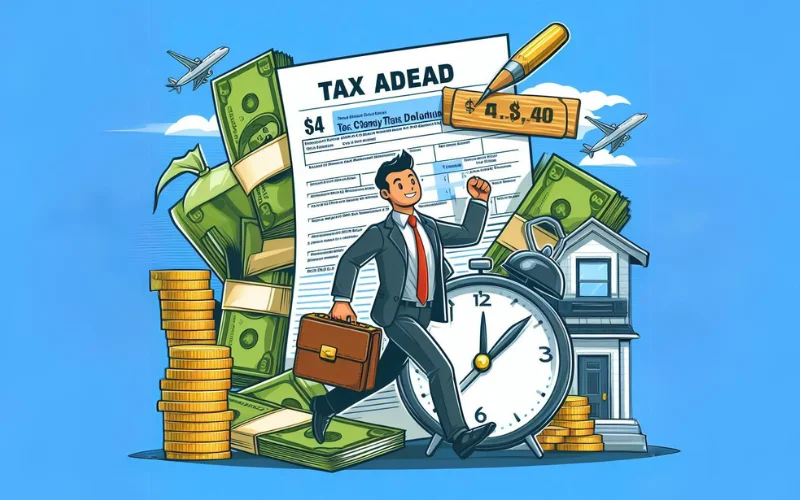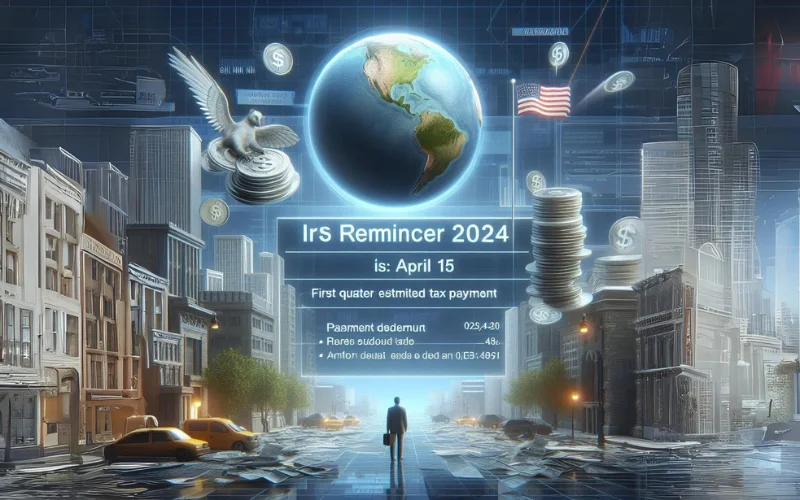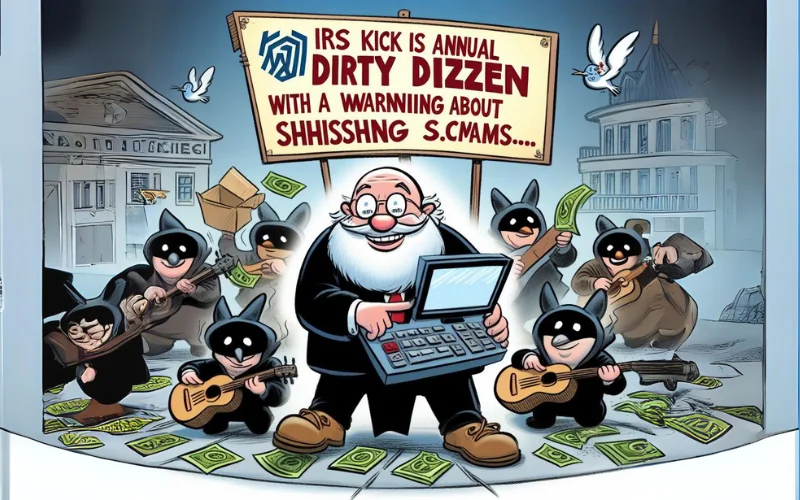On March 13, the IRS announced that it will close the Offshore Voluntary Disclosure Program (OVDP), effective September 28, 2018. In the announcement, the IRS encouraged taxpayers who need to disclose noncompliant and unreported foreign accounts and assets to come forward before the September deadline. Qualifying taxpayers who have unreported foreign accounts can still use the OVDP to come into compliance while avoiding the risk of criminal prosecution and minimizing otherwise applicable civil penalties, but only until that date. As of this writing, it is not yet known whether the IRS will announce a new program or initiative to replace the OVDP.
Background
For decades, the IRS has had a voluntary disclosure policy, under which it would not refer for criminal prosecution taxpayers who voluntarily confessed their tax sins. Under the policy contained within the Internal Revenue Manual (IRM), a taxpayer must make a disclosure to the IRS prior to the IRS learning of the taxpayer’s noncompliance. To effect a successful voluntary disclosure, the taxpayer must provide a complete and truthful disclosure; cooperate with the IRS; and pay any tax, interest, and penalties that are due (or make good-faith arrangements for the payment of such). Finally, the disclosure must not relate to illegal-source funds; however, untaxed monies are not deemed illegal.
This longstanding policy is merely a criminal policy and has no impact on the IRS’s ability to seek civil penalties that would apply to a taxpayer’s noncompliance. Such civil penalties can include the familiar tax penalties, including the 75% fraud penalty, as well as penalties for failing to file a report of foreign bank and financial accounts (FBAR) or other International Information Returns, such as IRS Forms 5471, 3520, 3520-A, and others. Taxpayers who made disclosures pursuant to this policy did not know in advance which penalties would be applied by the IRS and what, if any, penalty mitigation they would receive.
As part of the IRS’s efforts to combat offshore tax evasion, the IRS announced its first OVDP in 2009. The 2009 OVDP built upon the IRS’s voluntary disclosure policy by adding a fixed civil penalty regime that would be applicable to those who came forward under the program. Thus, taxpayers could now avoid criminal prosecution by making a voluntary disclosure while also having certainty as to the financial price they would pay as part of the disclosure. This fixed and predictable penalty structure likely contributed to the OVDP’s success; as of March 2018, more than 56,000 taxpayers have come forward under the OVDP and have paid $11.1 billion in back taxes, interest, and penalties.
The Current Offshore Voluntary Disclosure Program
While the 2009 OVDP has since been replaced with the currently applicable 2014 OVDP, the overall structure has remained the same, albeit with an uptick in the penalty rate with each subsequent iteration. In its current form, the program generally requires taxpayers to file eight years of accurate amended (or original) tax returns reflecting any omitted income from the offshore assets and pay the tax due, plus an accuracy-related penalty equal to 20% of the additional tax due. In addition, in lieu of the FBAR penalty and all other information return penalties, participating taxpayers must pay a miscellaneous penalty equal to 27.5% or 50% of the highest aggregate balance of the previously unreported foreign assets during the eight-year look-back period. This penalty, referred to as the miscellaneous offshore penalty, applies to any offshore asset that is related to tax noncompliance, not just to foreign bank accounts.
For purposes of the OVDP, a foreign asset is related to tax noncompliance if the asset either generated unreported gross income or was funded or acquired with unreported income. The miscellaneous offshore penalty is increased from 27.5% to 50% for those taxpayers who held accounts at any foreign bank that has publicly been identified as either being under investigation, cooperating with the IRS, or the subject of a court-approved summons seeking information about U.S. taxpayers. A taxpayer who maintains even a single account at such a bank will be subject to the 50% penalty rate on all OVDP assets.
Closing the OVDP
In explaining its reasoning for closing the OVDP, the IRS noted that at the program’s peak in 2011 it attracted 18,000 taxpayers, while in 2017 only 600 taxpayers came forward. The IRS stressed, however, its continued focus on offshore enforcement and noted it would turn to other enforcement tools such as the Foreign Account Tax Compliance Act (FATCA), intergovernmental agreements between the United States and other countries, automatic third-party account reporting, John Doe summonses, and other “data-rich sources” to ensure compliance. The announcement also clarified that the IRS’s other offshore compliance programs would remain available after September 28, 2018, to those taxpayers who qualify under their terms. These include the following:
The following are different procedures taxpayers can use to come into compliance with tax and reporting requirements:
- Streamlined filing compliance procedures: Taxpayers who have not willfully failed to comply with tax and reporting requirements can use this program to file accurate tax returns for the past three tax years and FBARs for the past six years. Resident taxpayers are assessed a penalty equal to 5% of the value of the noncompliant foreign financial assets, while nonresident taxpayers are not penalized. Taxpayers must certify, under penalties of perjury, that the non-compliance was not willful.
- Delinquent FBAR procedures: Taxpayers who are fully tax compliant but have not filed required FBARs can use these procedures to come into compliance without penalty.
- Delinquent international information return procedures: Taxpayers who are fully tax compliant but have not filed required International Information Returns (such as Form 5471, 3520, or 3520-A) can use these procedures to come into compliance without penalty if they have reasonable cause for their failure to file.
It is important to note that these programs are narrowly tailored and only available to taxpayers whose conduct was not willful or nefarious. Taxpayers whose conduct was willful and who face the possibility of criminal prosecution are best served by making a voluntary disclosure.
Taxpayers have until September 28, 2018, to submit the OVDP Letter and Attachments and qualify for the terms of the current OVDP. Taxpayers who need to make a voluntary disclosure of offshore assets should act quickly. Any subsequent program offered by the IRS is likely to come with even stiffer penalties.
For those taxpayers who need to make a voluntary disclosure of offshore matters after the deadline, the IRS’s general voluntary disclosure policy will continue to be available. Taxpayers proceeding in that manner must make sure they come forward before the IRS learns of their non-compliance to be deemed timely. Taxpayers should also be mindful of the difficulty of making a voluntary disclosure without certainty as to the financial cost. Voluntary disclosures made after the deadline will not be subject to any fixed penalty regime and will likely result in penalties that are higher than the 2014 OVDP penalty structure.
Source: Michael Sardar, JD





